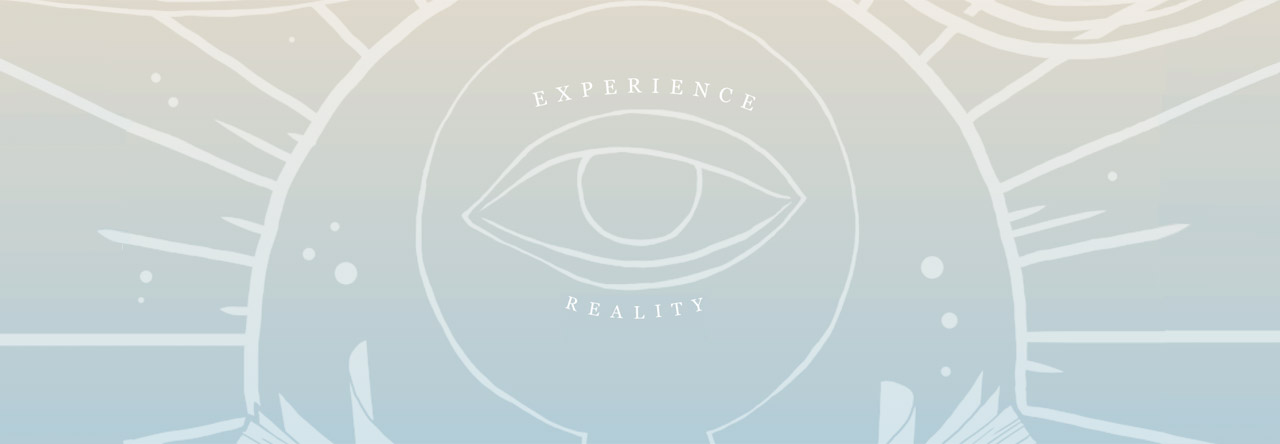
Several months ago, I smiled happily when John and Joe placed an advanced reader’s copy of Joseph O’Connor’s new masterpiece Ghost Light in my hands. In the fall of 2007, I had been one of the lucky ones to hear the Irish author read from his novel Redemption Falls. Those of us who were at the reading will never forget the mesmerizing and beautiful reading, which probably lasted for at least an hour, which is a very unusual and longer length of time than most of our authors read.
 As I recall, John and the rest of us begged O’Connor to keep reading, for his melodious voice captivated us all as he read his own words exactly as he had intended with an author’s perfect expertise and dedication. So, it probably goes without saying that I had been eagerly awaiting publication of another novel by the author.
As I recall, John and the rest of us begged O’Connor to keep reading, for his melodious voice captivated us all as he read his own words exactly as he had intended with an author’s perfect expertise and dedication. So, it probably goes without saying that I had been eagerly awaiting publication of another novel by the author.

John M. Synge (1871-1909)
Ghost Light, set in and around Dublin and London, in the early 1900s and mid 1950s, respectively, will capture the heart of even the romantically challenged, as O’Connor slowly and beautifully winds out a masterfully created story of the historically renowned aristocratic Irish playwright John Synge and his much younger, common society love interest Molly.
.

“Drawing of Molly Allgood (Maire O’Neill) by Ben Bay, in the title role of Deirdre of the Sorrows by J.M. Synge, circa 1910. From the collection of the National Library of Ireland.”
As the years go by, Molly believes that Synge will one day marry her, even though his mother haunts and persuasively directs his every move. The heart wrenching story, told by the feisty young actress, often employs the second person “you”, rarely used by many authors due to its challenge.
Told through a series of flashbacks, O’Connor allows the reader to view the actress throughout her lifetime with its tumultuous ups and downs as she yearns to be forever with Synge instead of only in hidden trysts nestled in the countryside. The Dublin and London settings superbly anchor the story and give the reader a perfected view of the two time periods. Add to this enticing mix a play director by the name of the famous poet William Butler Yeats, and the story gains even more intrigue. O’Connor’s superb character development ranks at the very top in this novel.

Synge wrote the controversial play The Playboy of the Western World which ignited riots in Ireland and the U.S. Playboy is now considered a western classic.
In addition, it was hard for me not to compare this brilliantly written fiction with the “other” Irish author James Joyce, for the writing, to me, often migrating into stream of consciousness, reminded me of some scenes in Ulysses, A Portrait of the Artist as a Young Man and Dubliners. At any rate, I was glad to revisit Dublin for sure.
One more thing . . . of particular interest to me was the author’s note, labeled “Acknowledgments and Caveat”, which appears at the end of this short novel, in which he tells of his childhood home in Dublin and his acquaintance with the old house where the playwright John Synge lived. O’Connor states:
“Ghost Light is a work of fiction, frequently taking immense liberties with fact. The experience and personalities of the real Molly and Synge differed from those of my characters in uncountable ways. Chronologies, geographies and portrayals appearing in this novel are not to be relied upon by the researcher.”
Somehow, reading this note at the end made the novel even more fascinating to me. I always like to try to figure out what is in the mind of the creator writer as I read.
I’m sure I will learn more when we Lemurians go to our dot.com building late afternoon on Friday, February 18th at 5:30 (signing at 5:00), to hear O’Connor read from Ghost Light, a novel to be read slowly and savored carefully. This is not a reading to be missed and all are invited. You are in for a treat! Ghost Light has also been picked for our February First Editions Club book. -Nan
 Here’s another idea if you want to go all out. Have you heard about our First Editions Club? Here’s the deal – once a month we either send you (or in this case your loved one) our featured signed first edition, or you can come pick it up and present the special book personally every month. What are the books? Well, it depends, they are always something special though, a hot literary book like Cold Mountain or a huge bestselling mystery like John Grisham. Sometimes we have even picked great pieces of non-fiction like say Willie Morris or Curtis Wilkie. This month we’re excited to have a really great literary work by Irishman Joseph O’Connor, you can read all about his new book Ghost Light on our blog here.
Here’s another idea if you want to go all out. Have you heard about our First Editions Club? Here’s the deal – once a month we either send you (or in this case your loved one) our featured signed first edition, or you can come pick it up and present the special book personally every month. What are the books? Well, it depends, they are always something special though, a hot literary book like Cold Mountain or a huge bestselling mystery like John Grisham. Sometimes we have even picked great pieces of non-fiction like say Willie Morris or Curtis Wilkie. This month we’re excited to have a really great literary work by Irishman Joseph O’Connor, you can read all about his new book Ghost Light on our blog here.



 As I recall, John and the rest of us begged O’Connor to keep reading, for his melodious voice captivated us all as he read his own words exactly as he had intended with an author’s perfect expertise and dedication. So, it probably goes without saying that I had been eagerly awaiting publication of another novel by the author.
As I recall, John and the rest of us begged O’Connor to keep reading, for his melodious voice captivated us all as he read his own words exactly as he had intended with an author’s perfect expertise and dedication. So, it probably goes without saying that I had been eagerly awaiting publication of another novel by the author.



 Ludwig Bemelmans died of cancer in 1962, but Madeline continued to live on in the hearts of many families, including the Bemelmans. John Bemelmans Marciano is Ludwig’s grandson and grew up hearing stories of Madeline from his grandmother, Madeleine, or Mimi, Ludwig’s wife. He has carried Madeline into a new century with his new books
Ludwig Bemelmans died of cancer in 1962, but Madeline continued to live on in the hearts of many families, including the Bemelmans. John Bemelmans Marciano is Ludwig’s grandson and grew up hearing stories of Madeline from his grandmother, Madeleine, or Mimi, Ludwig’s wife. He has carried Madeline into a new century with his new books 



 “The best answer that I can give is that it is the period of time bookended by the end of the Second World War through the fall of the Berlin Wall and the subsequent anti-communist revolutions that swept through Eastern Europe,” Kistulentz says on his Web site.”I was looking for a title that could at least make the honest attempt to encompass both what the novelist and short story writer Richard Yates called the Age of Anxiety (he was referring to the post-hydrogen bomb and Sputnik escalation of the Cold War) and what I saw as the false optimism of the Reagan era. It’s a landscape populated by the forgotten and marginalized, reported from the mosh pit and the boardroom, the bedroom and the bar. Its voice emerges above the white noise of modern broadcasting to paint a portrait of America at once brutal, honest, and yet hopeful at its core.”
“The best answer that I can give is that it is the period of time bookended by the end of the Second World War through the fall of the Berlin Wall and the subsequent anti-communist revolutions that swept through Eastern Europe,” Kistulentz says on his Web site.”I was looking for a title that could at least make the honest attempt to encompass both what the novelist and short story writer Richard Yates called the Age of Anxiety (he was referring to the post-hydrogen bomb and Sputnik escalation of the Cold War) and what I saw as the false optimism of the Reagan era. It’s a landscape populated by the forgotten and marginalized, reported from the mosh pit and the boardroom, the bedroom and the bar. Its voice emerges above the white noise of modern broadcasting to paint a portrait of America at once brutal, honest, and yet hopeful at its core.”


 Lemuria’s close work with Random House/Crown enabled Mississippians to get the most out of this important book with our sneak previews and
Lemuria’s close work with Random House/Crown enabled Mississippians to get the most out of this important book with our sneak previews and  For March of this year, we have been working intensely on these two debut novelists, Téa Obreht and Karen Russell, both of whom are already receiving copious amounts of national praise. Lemurians
For March of this year, we have been working intensely on these two debut novelists, Téa Obreht and Karen Russell, both of whom are already receiving copious amounts of national praise. Lemurians 



